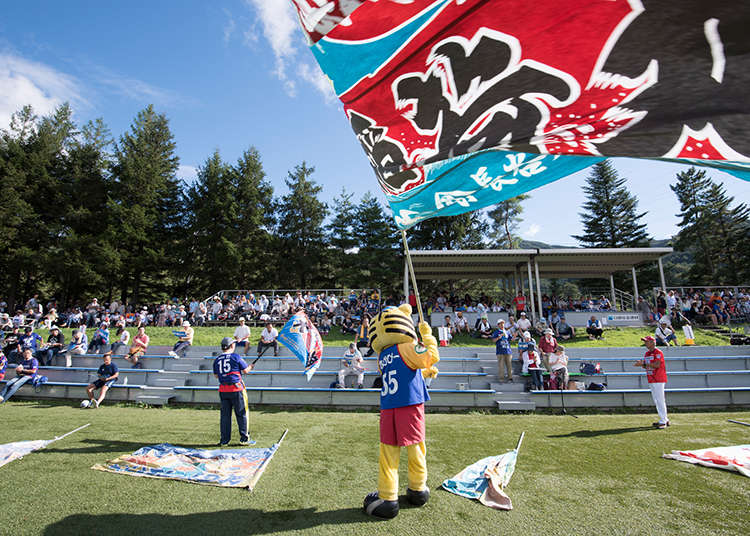
The Rugby World Cup was held in Japan from September 2019. One of the venues is Kamaishi City in Iwate Prefecture, which has been developed into a “rugby town,” where the Nippon Steel Corporation Kamaishi and the Kamaishi Seawaves RFC, who have achieved seven consecutive wins in the Japan Championships, remain active.
Two games were held at the Kamaishi Unosumai Recovery Stadium, which was reconstructed in 2018: the September 25th Fiji vs Uruguay match, and the October 13 Namibia vs. Canada match.
How to get to Kamaishi Unosumai Recovery Stadium?
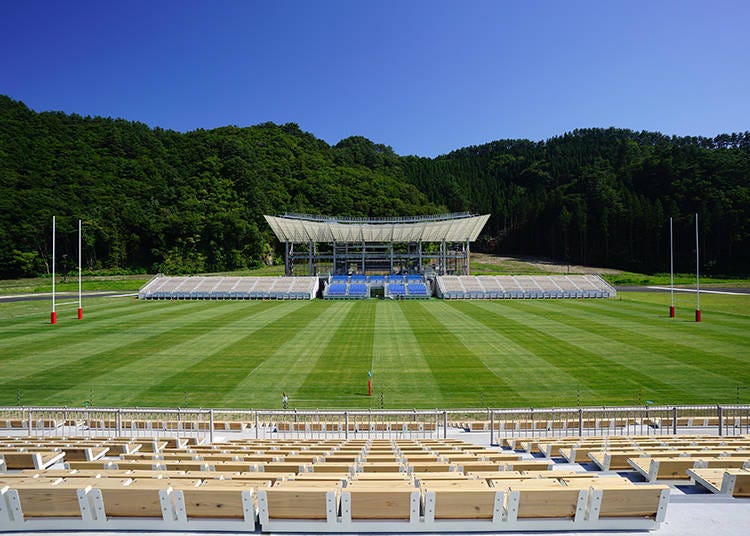
The Kamaishi Unosumai Recovery Stadium is located in Kamaishi City, Iwate Prefecture. As a symbol of Kamaishi City’s reconstruction, it is built on the land where the former Kamaishi Higashi Junior High School stood, which was damaged by the Great Tohoku Japan Earthquake of 2011.
On the day of the Rugby World Cup, shuttle buses operated from Kamaishi Station and various cities around the prefecture to the stadium. You can also get there in only 3 minutes on foot from Sanriku Railway, Unosumai Station. If traveling by car, it is still recommended to use a taxi or shuttle bus to get around Kamaishi Station, as there are no available parking lots around the stadium.
-
Kamaishi Unosumai Recovery Stadium釜石鵜住居復興スタジアム
- Address 18-5-1 Unosumaicho, Kamaishi-shi, Iwate-ken
- Phone Number 0193-27-5067
Sightseeing in Kamaishi Japan

Kamaishi City is located on the southern coast of Iwate Prefecture, whose key industries are manufacturing and fishing.
It is also known as the birthplace of modern iron forging and was the first place in Japan to successfully produce iron using a Western-style blast furnace. This region is also said to be blessed with an abundance of Sanriku seafood.
There are fishing villages along the peninsula, mountain villages in the inland areas, as well as urban cities lined with residential areas and commercial facilities. Each of these spots has resources for tourists, allowing you to enjoy a wide variety of sightseeing activities.
1. Kamaishi Dai-kannon Temple
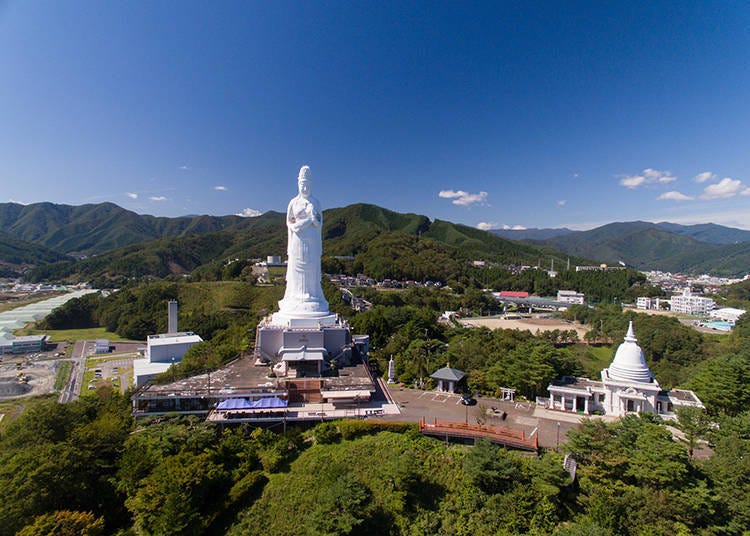
The Kamaishi Dai-kannon Temple stands atop a hill in the town of Ohira on the Kamasaki Peninsula, overlooking Kamaishi Bay. You can go inside the 12-story Dai-kannon Temple, and see the shrines and chiseled carvings of Sanjusan Kannon, made from Aomori Hiba trees.
On each of the 2nd to 10th floors are enshrined the Seven Gods of Fortune, carved of wood. It is said that when one visits these seven gods, the seven calamities are removed and they receive seven fortunes in their place.
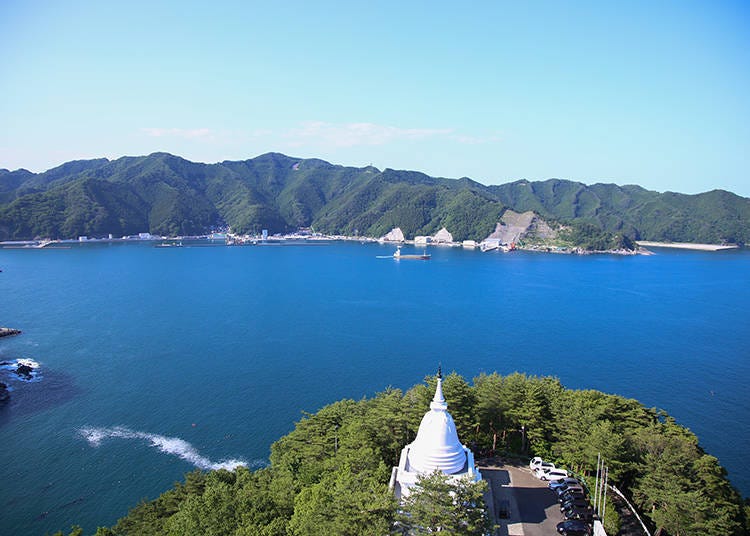
On the 11th and 12th floors, located in the top of the fish held by Kannon, is an observation deck overlooking Kamaishi Bay. In the distance you can see the magnificent Ria Coast of Sanriku Fukkou National Park, from Cape Mada to the Ozaki Peninsula.
-
Kamaishi Dai-kannon Temple釜石大観音
- Address 3-9-1 Odairacho, Kamaishi-shi, Iwate-ken
-
Nearest Station
About 20 min by car/taxi from Kamaishi Unosumai Recovery Stadium
- Phone Number 0193-24-2125
Business Hours: 9:00AM~5:00PM (may vary by season)
Admission: Adults: 500 yen; Children: High School 300 yen, Elementary/Junior High 100 yen (group discounts available)
Regular Holidays: None
2. Iron and Steel History Museum

The Iron and Steel History Museum is a comprehensive museum that was established to pass down the achievements of the leaders of Kamaishi’s iron and steel industry to future generations.
There are many materials on display which tell about the modernization of the steel industry in Kamaishi, from the beginning of iron culture in Japan, to its development into modern steel making. There is also a popular casting activity in which you can make your own original key holder.

There is also a theater that introduces the history of Kamaishi’s steel industry through the usage of sound, lights, and video. The focus is on a large full-size model of the No. 3 blast furnace from the ruins of the Hashino iron mining and smelting site that remains in Hashino-cho, Kamaishi City to this day.
Here, you will learn about the history of ironmaking in Kamaishi as explained by the museum’s mascot “Saitaro,” a character designed after the “father of modern steel,” Takato Oshima.
-
Iron and Steel History Museum鉄の歴史館
- Address 3-12-7 Odairacho, Kamaishi-shi, Iwate-ken
-
Nearest Station
About 20 min by car/taxi from Kamaishi Unosumai Recovery Stadium
- Phone Number 0193-24-2211
Business Hours: 9:00AM~5:00PM
Admission: Adults: 500 yen; Children: High School 300 yen, Elementary/Junior High 150 yen (group discounts available)
Regular Holidays: Tuesdays, 12/29~1/3
3. Hashino Tekkozan (Hashino Iron Mines)
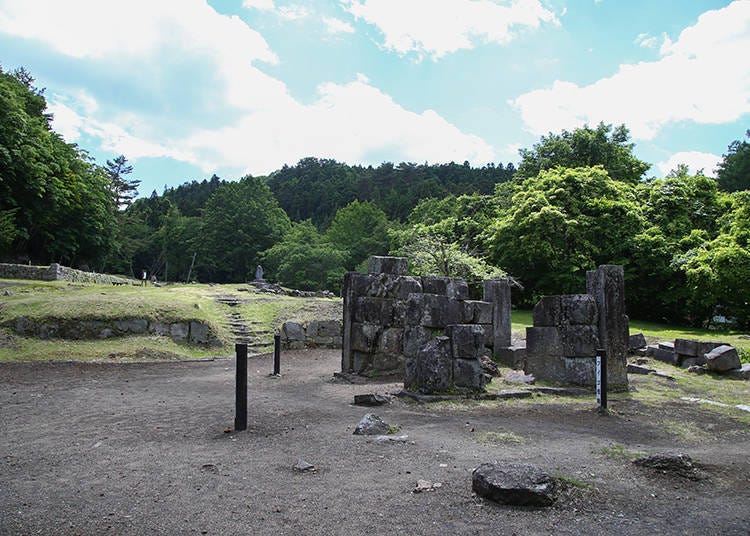
Hashino Tekkozan (Hashino Iron Mines) is the general term for the iron mine and steelworks areas that consist of the remains of iron mining sites, transportation routes, and blast furnaces.
You can even see the remains of Japan’s oldest Western-style blast furnace, which was built under the guidance of Takato Oshima, the “father of modern steel.”
This historical site, a symbol of the modernization of the steel industry in Japan and including the Hashino Iron Mines, was registered as a UNESCO World Heritage Site in 2015 as one of the “Sites of Japan’s Meiji Industrial Revolution: Iron and Steel, Shipbuilding and Coal Mining.”

There are many other remains in the Hashino Iron Mines including the three blast furnaces, however, it is currently unclear how they may have been used at that time.
It is recommended to visit the Information Center first, where you can get informational materials as well as audio voice guides and VR/AR apps, available in multiple languages, to further deepen your understanding of this historic site.
-
Hashino Tekkozan (Hashino Iron Mines)橋野鉄鉱山
- Address 2-Chiwari-15 Hashinocho, Kamaishi-shi, Iwate-ken
-
Nearest Station
About 40 min by car/taxi from Kamaishi Unosumai Recovery Stadium
- Phone Number 0193-22-8846
Business Hours: 9:30AM~4:30PM
Admission: Free
Regular Holidays: 12/9~3/31 (Closed winter)
Text by:Takumi Miyamoto
- Area
- Category
*Prices and options mentioned are subject to change.
*Unless stated otherwise, all prices include tax.
Popular Tours & Activitiess
Recommended places for you
-
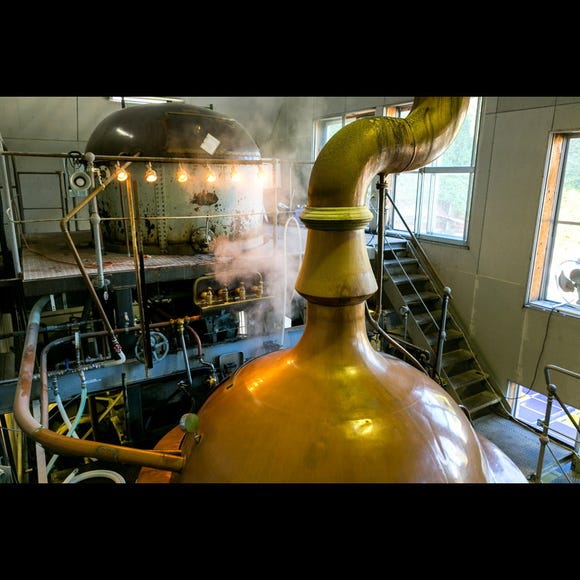
Baeren Brewery Co., Ltd.
Other Sightseeing
Morioka, Hiraizumi And Hachimantai
-
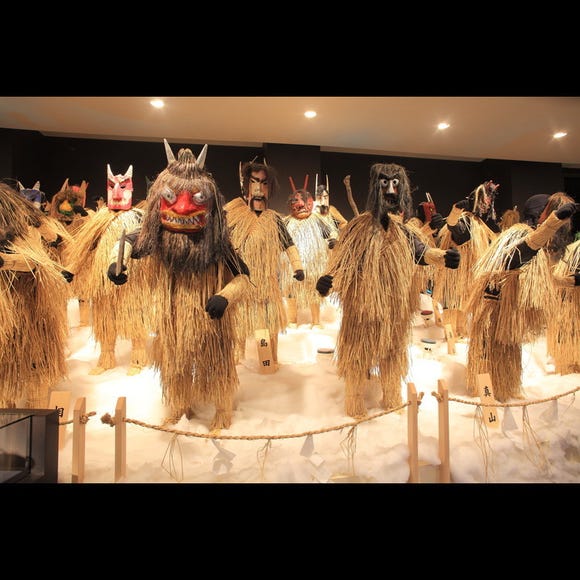
Namahage Museum
Other Museums
Surrounding Areas Of Akita
-

Akiu Onsen
Hot Springs (Onsen) & Bath Houses (Sento)
Sendai And Matsushima
-

Aomori Museum of Art
Art Museums
Aomori, Hirosaki And Hachinohe
-
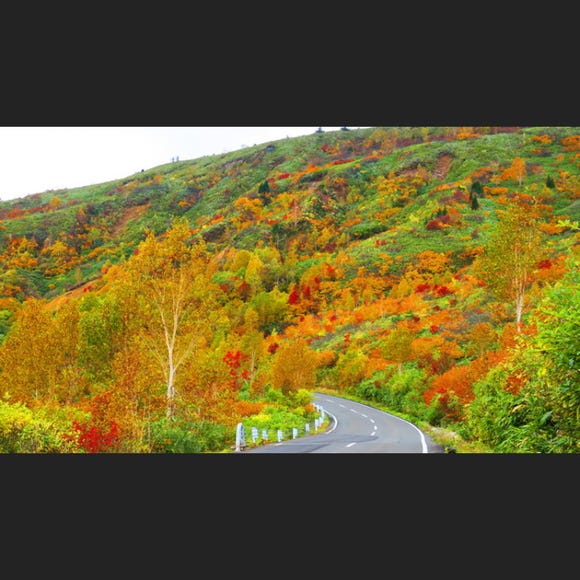
Hachimantai Aspite Line
Landscapes
Morioka, Hiraizumi And Hachimantai
-

Hirosaki Park
Parks
Aomori, Hirosaki And Hachinohe
-
Ad

Advice from the Experts at Hitohira: Here's How to Choose the Best Japanese Knife
-

Shopping in Niigata: 9 Must-Buy Souvenirs & Local Sake to Take Home
by: ShiroKu inc.
-

Shopping in Akita: 11 Must-Buy Souvenirs & Where to Shop Near the Station and Airport
by: ShiroKu inc.
-

What to Buy in Aomori? 11 Aomori Souvenirs Locals Actually Recommend
by: ShiroKu inc.
-

Dining in Yamagata: Must-Try Foods & Top Restaurants Near the Station
by: ShiroKu inc.
-

Aomori's Quiet Side in Autumn: 5 Scenic Spots in Hachinohe According to a Local
by: Marco Blasco
-

Secrets to Shopping in Japan: Guide to Annual Sales in Japan & Where to Shop
by: Miyu Shimada
-

Kakunodate: Akita's Historic Samurai Town with Famous Cherry Blossoms
by: Ran Tanaka
-

Racing Across Japan in the Joetsu Shinkansen: From Tokyo to Niigata's Sake Country In Style
-

Kaminoyama Onsen Guide: Best Things to Do in Japan's Samurai Town!
-

Shirakami-Sanchi Guide: Hiking in Japan's Intense & Untouched Beech Forest (Aomori)
-

3 Famous Ramen Shops in Yamagata - Japan's "Ramen Prefecture"!












